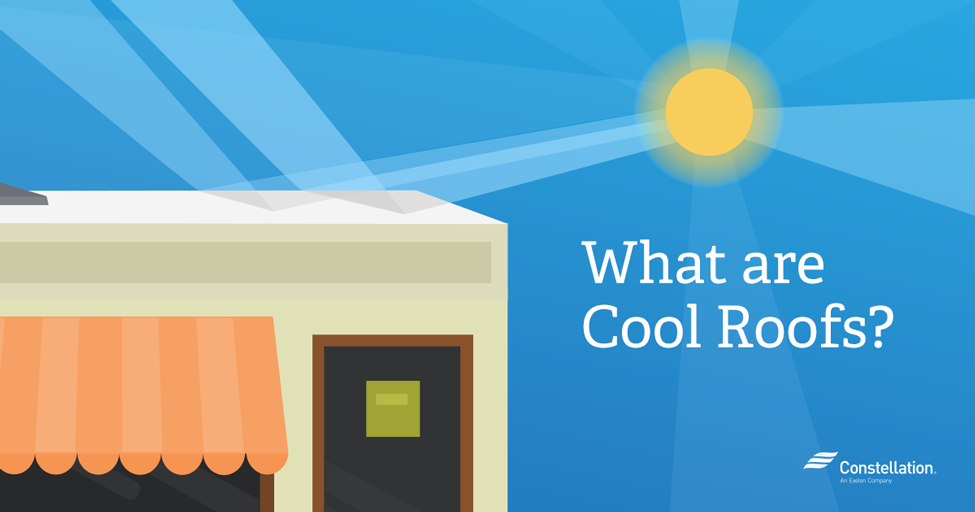A Step-By-Step Overview To Transitioning To Residential Solar Energy
A Step-By-Step Overview To Transitioning To Residential Solar Energy
Blog Article
Content Writer-Norwood Cain
Considering changing to property solar energy? It's a clever action that can save you cash and lower your carbon footprint. First, you'll need to assess your home's solar potential, which entails more than simply checking your roof covering. Comprehending your power demands and picking the appropriate system is vital also. Yet before you jump in, there are financing choices to take into consideration that could influence your decision significantly. Allow's check out these crucial actions with each other.
Assessing Your Home's Solar Potential
Have you ever asked yourself how much sunlight your home really gets? Evaluating your home's solar potential is the very first step in making the button to solar power.
Start by observing your roofing. Is it primarily clear of trees and blockages? Make note of the instructions it encounters; south-facing roof coverings usually obtain one of the most sunlight.
Next, consider the pitch of your roofing. A steeper angle can improve solar performance. Use a solar calculator or talk to a professional to assess just how much sunlight your home gets each year.
Do not neglect to look for shielding from neighboring structures or trees throughout the day. By recognizing your home's solar possibility, you'll be much better outfitted to make educated decisions regarding your solar power alternatives.
Choosing the Right Solar System
When it involves picking the ideal planetary system, you'll find that a number of aspects can influence your decision. First, analyze your power needs by assessing past utility expenses; this helps you establish the system size called for.
Next off, think about https://insideclimatenews.org/news/30062022/inside-clean-energy-broccoli-solar-agrivoltaics/ of solar panels-- monocrystalline, polycrystalline, or thin-film-- each using various efficiency levels and costs. You'll also want to think of the inverter options, as they convert sunshine right into useful power.
Focus on guarantees, as an excellent guarantee can secure your financial investment. Ultimately, evaluate your roofing system space, positioning, and shading to guarantee optimum performance.
Recognizing Financing Options
Exactly how can you make the switch to solar power without breaking the bank? Recognizing your financing choices is key.
You've got numerous options, like purchasing your system outright, which permits you to take full advantage of tax obligation credit reports and rewards.
Conversely, consider solar financings; they allow you to spread the expense in time while building equity.
If upfront costs are a worry, renting could be your best bet. With a lease, you can take pleasure in solar energy without the first investment, but you will not possess the system.
In addition, power purchase arrangements (PPAs) let you spend for the energy generated, frequently at a reduced rate than your utility.
Assess your monetary circumstance to locate the choice that fits your spending plan and goals.
Conclusion
Transitioning to domestic solar power is an interesting trip that can result in considerable financial savings and ecological advantages. By evaluating your home's solar capacity, choosing the right system, and exploring financing choices, you're well on your means to making a smart financial investment. Don't fail to remember to select a reputable installer and keep an eye on your system's efficiency. With the right technique, you'll appreciate the benefits of solar energy for years to find. Embrace the change and start your solar journey today!
